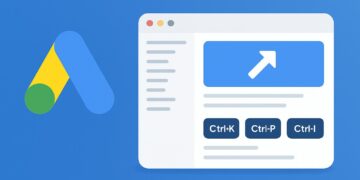Geo‑Lift testing splits markets into test and control ______.
browser cohorts
geographies (e.g., DMAs)
time buckets
device types
2025 guidelines recommend at least ______ geos per cell for adequate statistical power.
20
100
3
2
A **calibration period** ensures test and control behave similarly ______ the intervention.
after
long after
during
before
Spillover can bias geo tests when advertising reaches users in ______ regions.
test
control
both test sub‑DMAs
remote
Recommended spend differential between test and control is at least ______ %.
5
70
10
25
Key KPI is often normalised as sales per geo divided by ______.
GDP
CPM
search volume
population or store count
After campaign ends, analysts keep measuring for a **washout period** to capture ______ impact.
viewability decay
lagged carry‑over
funnel steps
bot clicks
The primary statistical test for geo lift is often a ______ t‑test across geos.
Welch (unequal variance)
paired
one‑sided Z
Chi‑square
Heterogeneity among geos can be modelled with a ______ regression to estimate lift.
Quantile
Bayesian hierarchical
K‑means
Linear probability
If lift is +8 % with 95 % CI of (‑2 %, 18 %), the result is deemed ______.
negative
not statistically significant
positive significant
under‑powered but conclusive
Starter
Review the basics.
Solid
Good job—refine for mastery.
Expert!
Outstanding performance.
Tackling Geo-Lift Testing Interview Questions means mastering how to use location-based test regions to measure true campaign impact. Kick off your prep by exploring our Attribution & Marketing-Mix Modelling interview questions for a clear overview of regional attribution methods. Next, reinforce your understanding with the data driven attribution MCQs and sharpen your skills using the Google Ads DDA signals practice questions. Finally, round out your study by diving into the synthetic control basics interview guide to master advanced causal techniques.










